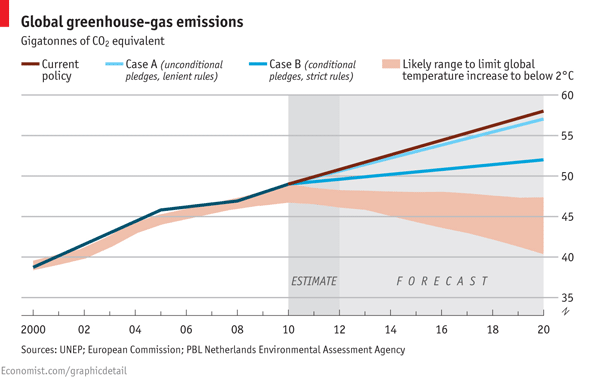|
|
|
12 september 2023
20 september 2021
21 july 2021
05 february 2020
22 march 2018
13 february 2018
12 december 2017
20 october 2016
22 august 2016
22 july 2016
19 april 2016
09 february 2016
16 december 2015
03 july 2015
25 february 2015
09 february 2015
13 november 2014
13 november 2014
08 october 2014
19 september 2014
22 january 2014
27 august 2013
27 august 2013
19 july 2013
19 july 2013
26 june 2013
25 june 2013
25 june 2013
03 may 2013
03 may 2013
03 april 2013
03 april 2013
08 march 2013
08 march 2013
06 february 2013
06 february 2013
25 january 2013
14 january 2013
04 january 2013
07 december 2012
07 december 2012
26 november 2012
22 november 2012
22 november 2012
02 november 2012
15 october 2012
11 october 2012
10 october 2012
01 october 2012
20 september 2012
10 september 2012
07 september 2012
03 september 2012
03 september 2012
29 august 2012
22 august 2012
22 august 2012
27 july 2012
17 july 2012
16 july 2012
11 july 2012
05 july 2012
27 june 2012
27 june 2012
18 june 2012
12 june 2012
05 june 2012
26 may 2012
26 may 2012
16 may 2012
14 may 2012
07 may 2012
30 april 2012
<div style="display:none">49tjf49edf:text_lang:id</div>15th International Stirling Engine Conference
20 april 2012
20 april 2012
11 april 2012
<div style="display:none">49tjf49edf:text_lang:id</div>15th International Stirling Engine Conference
11 april 2012
27 march 2012
27 march 2012
27 march 2012
01 march 2012
<div style="display:none">49tjf49edf:text_lang:id</div>15th International Stirling Engine Conference
12 march 2010
12 march 2010
25 may 2009
26 november 2012
<div style="display:none">49tjf49edf:text_lang:id</div>Hot and Bothered
 As tens of thousands of politicians, diplomats, NGO-workers and journalists descend on Doha for the two-week feeding frenzy known as the UN’s annual climate-change summit, the latest report from the UN Environment Programme (UNEP) shows that matters climatic are going from bad to worse. Greenhouse-gas emissions are now about 50 gigatonnes of carbon equivalent (GtCO2e). That is 20% higher than they were in 2000 and, worryingly, 11% higher than where emissions need to be in 2020 in order to ensure global temperatures do not rise by more than 2 degrees Celsius (see light red range in chart). If emissions go on rising at their current rate, they will reach 58 GtCO2e in 2020, 14 GtCO2e more than they need to be then (current policy). In theory, this would not matter too much if greenhouse gases were cut more dramatically later (though costs would be higher). The trouble is that countries are not promising to make big enough cuts. UNEP has looked at the emission-reducing impact of the various promises countries have made since the Copenhagen climate-change conference in 2009. If countries implement their least ambitious pledges and allow lots of loopholes and lenient rules, this will make no real difference: emissions would be only 1 GtCO2e less than business as usual (case A). Even the implementation of the most ambitious pledges, subject to strict rules, would take countries less than half way to where they need to be to keep global temperatures from rising more than 2 degrees (case B). And emissions would still be rising in 2020.
As tens of thousands of politicians, diplomats, NGO-workers and journalists descend on Doha for the two-week feeding frenzy known as the UN’s annual climate-change summit, the latest report from the UN Environment Programme (UNEP) shows that matters climatic are going from bad to worse. Greenhouse-gas emissions are now about 50 gigatonnes of carbon equivalent (GtCO2e). That is 20% higher than they were in 2000 and, worryingly, 11% higher than where emissions need to be in 2020 in order to ensure global temperatures do not rise by more than 2 degrees Celsius (see light red range in chart). If emissions go on rising at their current rate, they will reach 58 GtCO2e in 2020, 14 GtCO2e more than they need to be then (current policy). In theory, this would not matter too much if greenhouse gases were cut more dramatically later (though costs would be higher). The trouble is that countries are not promising to make big enough cuts. UNEP has looked at the emission-reducing impact of the various promises countries have made since the Copenhagen climate-change conference in 2009. If countries implement their least ambitious pledges and allow lots of loopholes and lenient rules, this will make no real difference: emissions would be only 1 GtCO2e less than business as usual (case A). Even the implementation of the most ambitious pledges, subject to strict rules, would take countries less than half way to where they need to be to keep global temperatures from rising more than 2 degrees (case B). And emissions would still be rising in 2020.Article by: www.economist.com